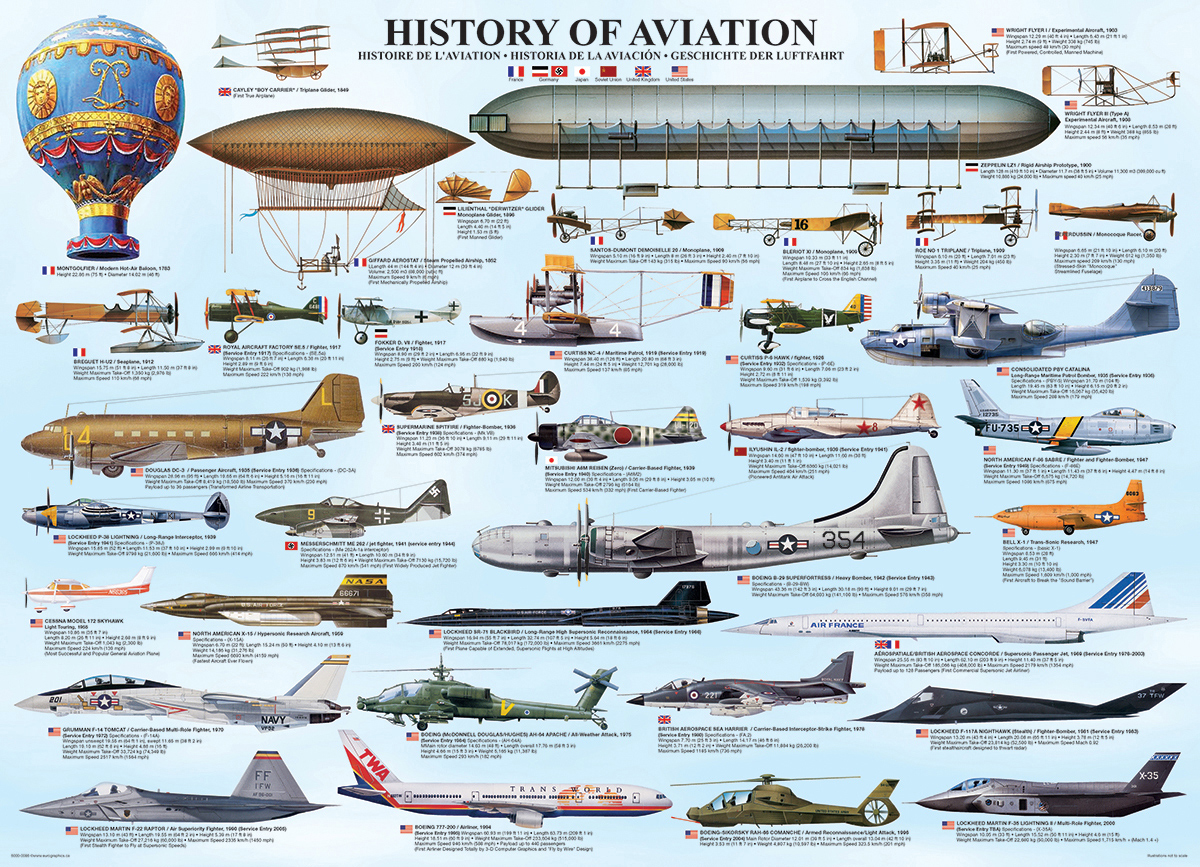The history of flight is a captivating journey that traces humanity’s fascination with taking to the skies. From ancient myths and dreamers’ imaginings to the modern marvels of aviation, the evolution of flight has been nothing short of extraordinary. In this article, we will embark on a chronological exploration of the history of flight, delving into key milestones, innovations, and the pioneers who dared to defy gravity, forever changing the course of human civilization.

1. The Early Dreams of Flight: Mythology and Ancient Tales
The desire to fly has been present in human culture since ancient times. Myths and tales from various civilizations, such as Icarus in Greek mythology and the flying chariots in Hindu texts, reveal our ancestors’ aspirations to conquer the skies. These early dreams set the foundation for humanity’s relentless pursuit of flight.
2. The Renaissance and Leonardo da Vinci’s Vision
During the Renaissance, the spirit of innovation and curiosity thrived, and Leonardo da Vinci, the polymath of his time, envisioned flying machines inspired by nature’s design. His sketches of ornithopters and gliders laid the groundwork for the scientific exploration of flight.
3. The Montgolfier Brothers and the First Manned Balloon Flight
In 1783, the Montgolfier brothers, Joseph and Étienne, achieved the first manned flight by sending a hot air balloon carrying passengers into the skies of Annonay, France. This monumental feat marked the beginning of human-controlled flight and sparked worldwide enthusiasm for aerial exploration.
4. Wright Brothers’ Kitty Hawk Moment: Birth of Powered Flight
On December 17, 1903, the Wright brothers, Orville and Wilbur, accomplished the first powered flight at Kitty Hawk, North Carolina. Their aircraft, the Wright Flyer, flew for 12 seconds, covering a distance of 120 feet. This historic achievement marked the birth of modern aviation and paved the way for the rapid advancement of aircraft technology.
5. World Wars and Aviation Advancements
The outbreak of World War I and World War II saw significant advancements in aviation technology. Military aircraft became more sophisticated, with improved engines, weaponry, and design. These wartime innovations later transitioned into the development of commercial aviation, enabling the rise of passenger airlines.
6. The Jet Age and Supersonic Flight
The post-World War II era ushered in the Jet Age, characterized by the widespread adoption of jet engines in commercial aviation. Jet aircraft allowed for faster and more efficient travel, reducing the world’s geographic barriers. Furthermore, the quest for speed led to the development of supersonic flight, with the iconic Concorde becoming a symbol of technological prowess.
7. Space Age and Beyond: Exploring the Final Frontier
The history of flight expanded beyond Earth’s atmosphere with the advent of space exploration. In 1961, Yuri Gagarin became the first human to journey into space, opening up new possibilities for humanity’s presence beyond our planet. Subsequent missions and space shuttle programs further advanced space exploration, making the cosmos our new frontier.
Conclusion
The history of flight is a testament to human ingenuity, perseverance, and curiosity. From the earliest dreams of flying to the Wright brothers’ pioneering flight and the conquest of space, our journey through the skies has been one of constant innovation and determination. The evolution of flight continues to shape our world, connecting people and cultures, propelling scientific discovery, and pushing the boundaries of what is possible. As we look to the future, the history of flight serves as a reminder of the heights humanity can reach when we dare to soar through time and space.